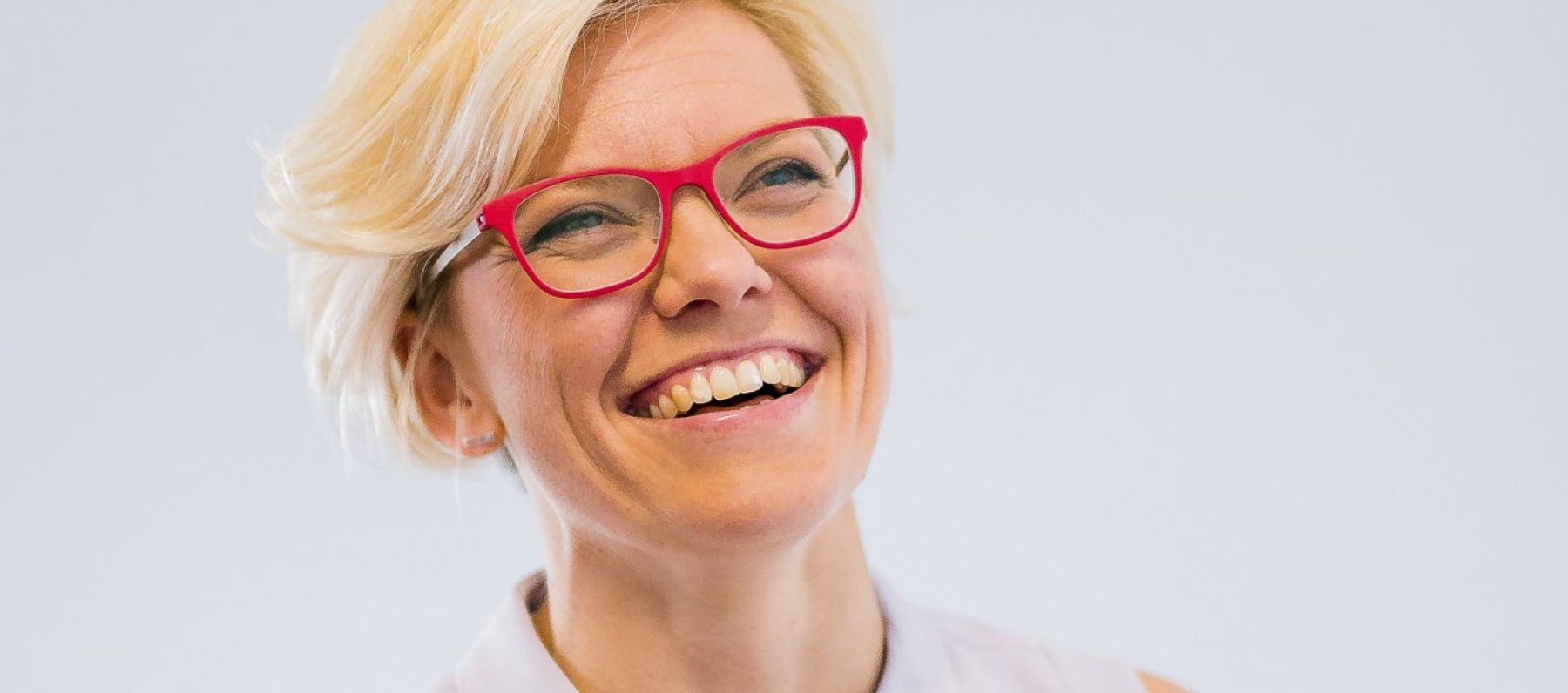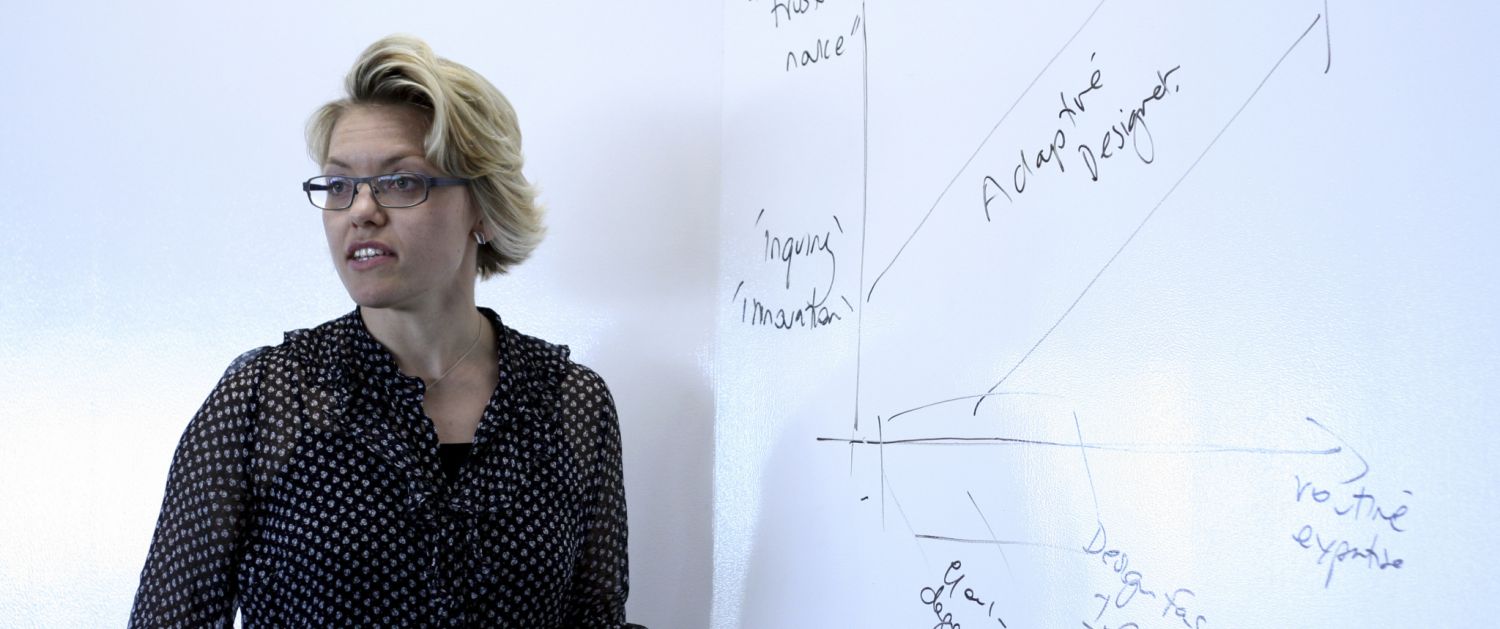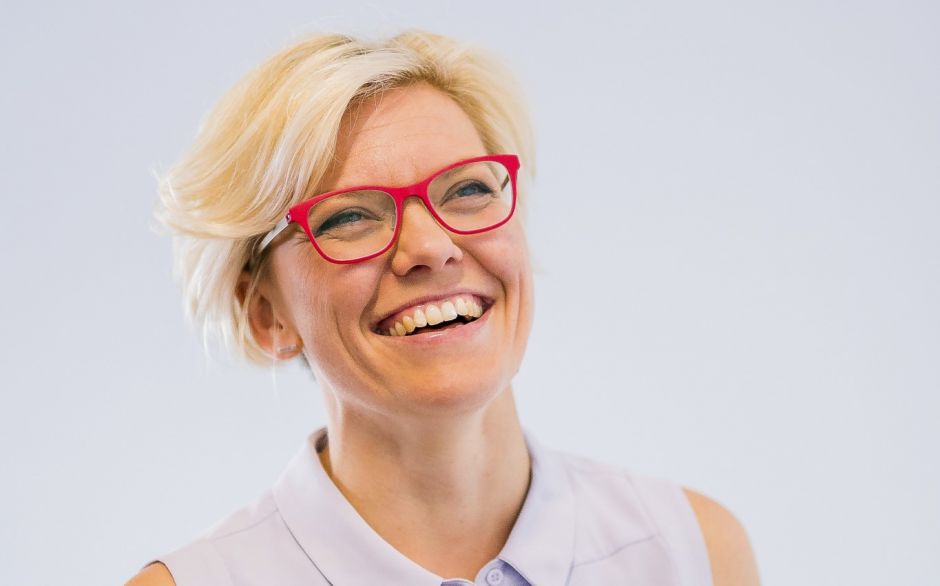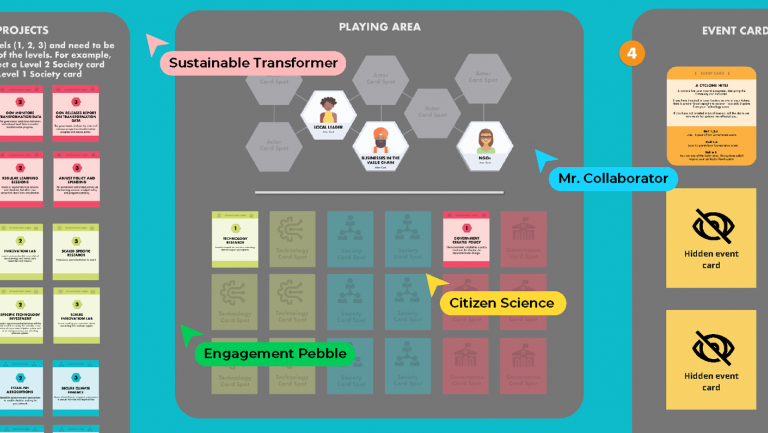Sign up for our monthly newsletter

Mastering design: The core value that every designer should have...
I can understand why people rely upon methods, because methods are the means by which we know what to do.
The steps, the procedure, the way of doing design.
And I like them. I really do. After all, at ThinkPlace, the global design consultancy where I am a partner, I am also the Chief Methodologist.
But there is something missing in how we often talk about methods within the design community.
The most bothersome point of methods is that they are often discussed in absence of a deeper understanding of the socio-technical aspects of "doing design". A method is merely technical, the sociological is the human.
Any method must be applied by somebody or some people. And the designer behind the method needs much more attention if we are to achieve outcomes that create value for clients and achieve impact in the world.
How might we understand this designer behind the method? I think of it in two ways:
· The level of designer competence; and
· Adaptability of the designer
The level of a designer’s competence can be defined as the skill one attains as a result of practising design over time.
A word of caution: I do not suggest that by simply “doing design” for a long time that one achieves mastery. Rather one must be dedicated during this period to truly mastering the art of design. A rule of thumb: 10 years of applying oneself in this way can take you into mastery.
CAN NINA HELP WITH YOUR COMPLEX PROBLEMS? GET IN TOUCH HERE.

The adaptability of the designer is what I think ensures that over time the designer is more likely to become a master and visionary.
The adaptability of a designer is her ability to constantly seek frustrating design situations where she knows not what to do. In these situations the designer experiences a “felt difficulty” (John Dewey’s reference to what it means to learn).
In response, she must assemble different people to generate new ways of thinking, and to develop deeper applications of design methods. She may seek to modify and evolve design methods to meet the emerging challenge.
When designers have a high level of competence and play in the designer adaptability corridor, methods are applied for the right purpose and delivered with credibility and quality.
Any method depends upon its application. All of them are adaptable and none should be deployed without consideration for the context and audience they will engage with.
The goal of design is to move beyond methods and look at the designers behind the methods so that what we do, is create real value through design, not superficial design thinking method application.
The designer behind the methodology is important because they bring all of their values, personality and experience to the method they are using.
For me, Dignity should be a core value for every designer who focuses on public good.
In the early 2000s I had the opportunity to land a job at the Australian Taxation Office. And not long into my career there I was part of a global pioneering project that involved applying design to public policy. I learnt from leaders within the Taxation Office, and from leading design thought leaders, like Richard Buchanan.
I remember a lesson that in every design effort we should bring in dignity. Dignity, according to the Oxford Australian Dictionary, means “state of being worthy of honour and respect”.
I have carried this with me throughout the last 18 years of designing, teaching, coaching, leading design projects and initiatives. It means as designers we should act with dignity but also that we should grant a sense of dignity to those we design with and for.







